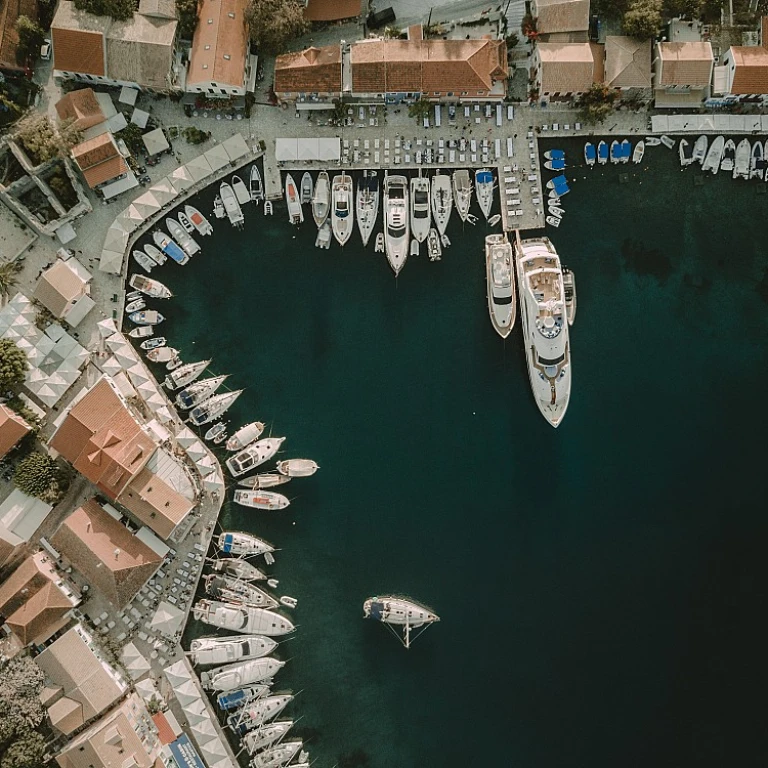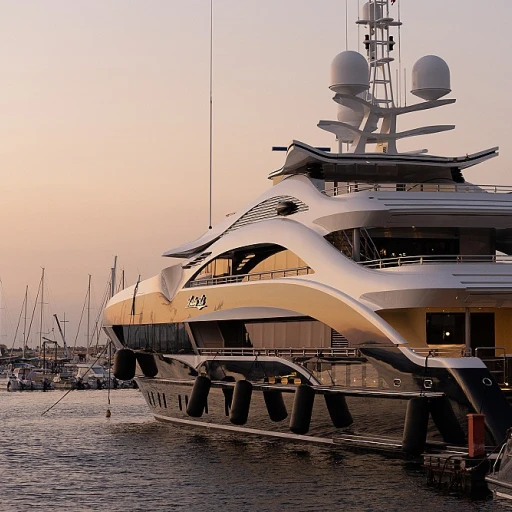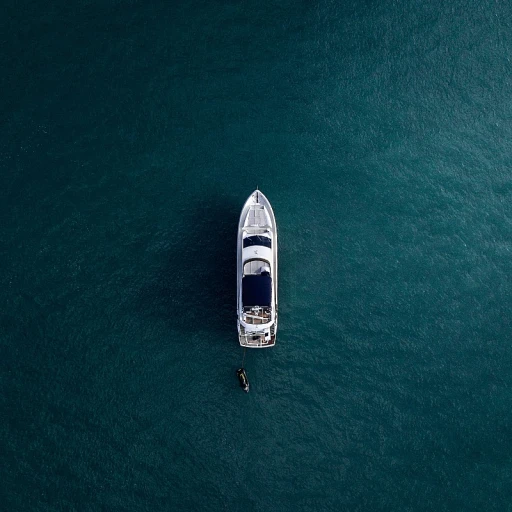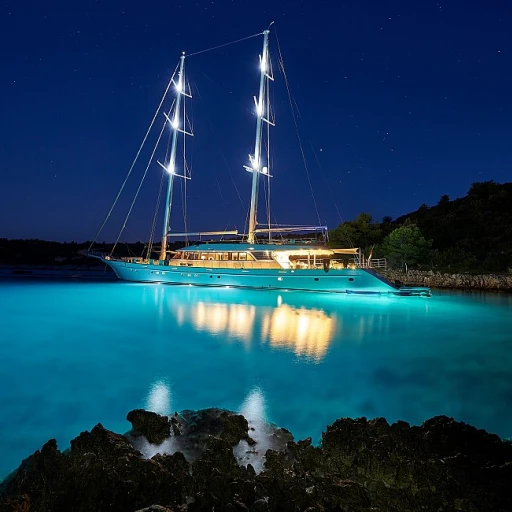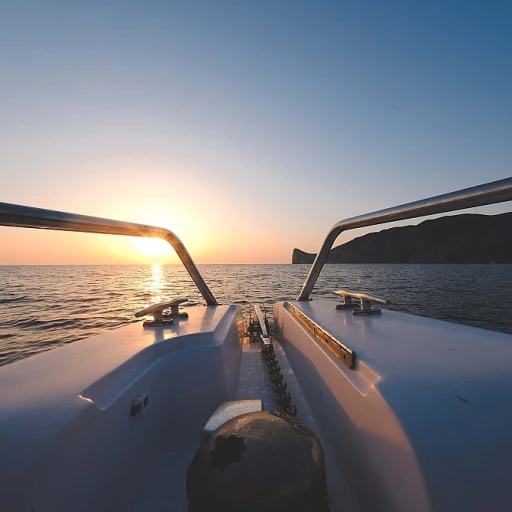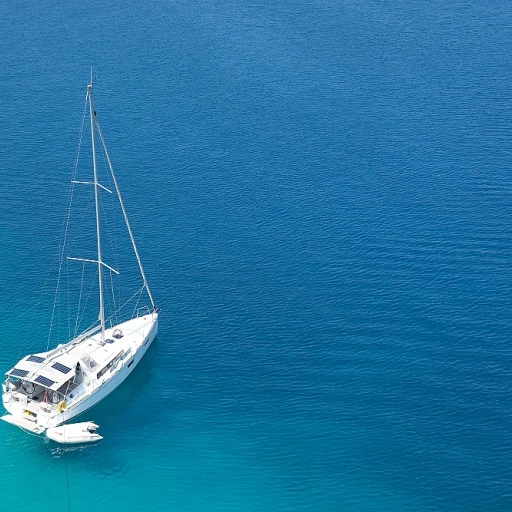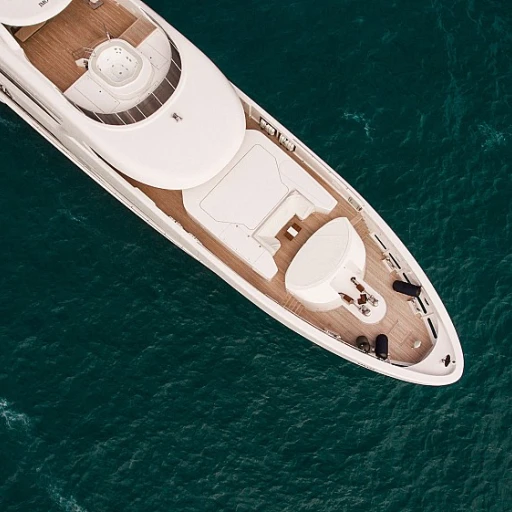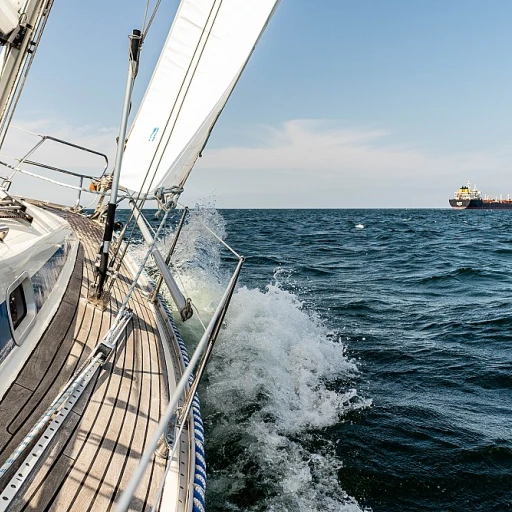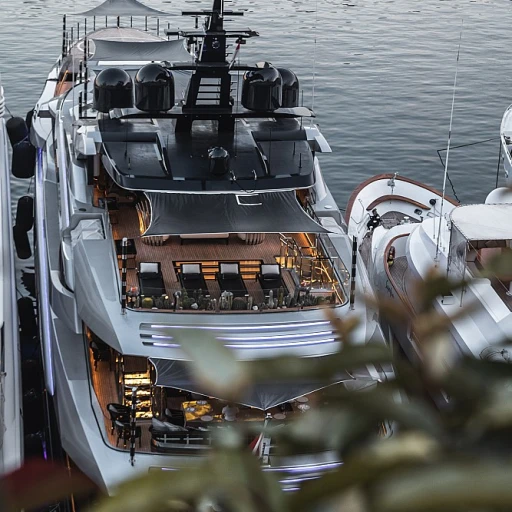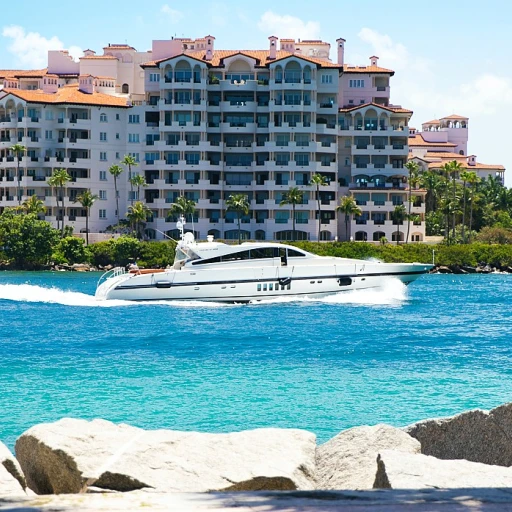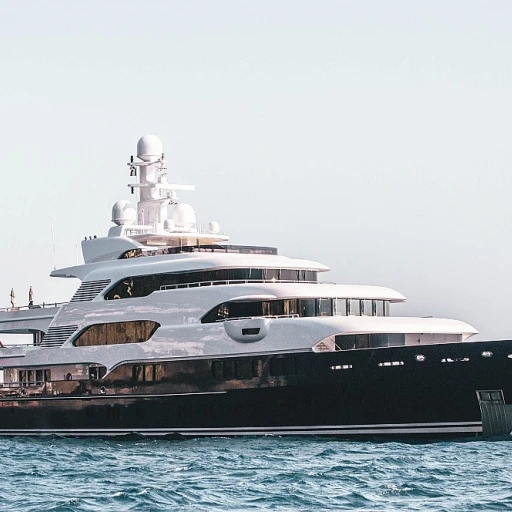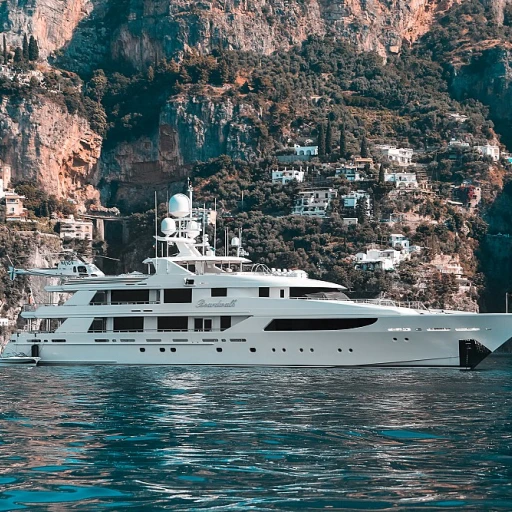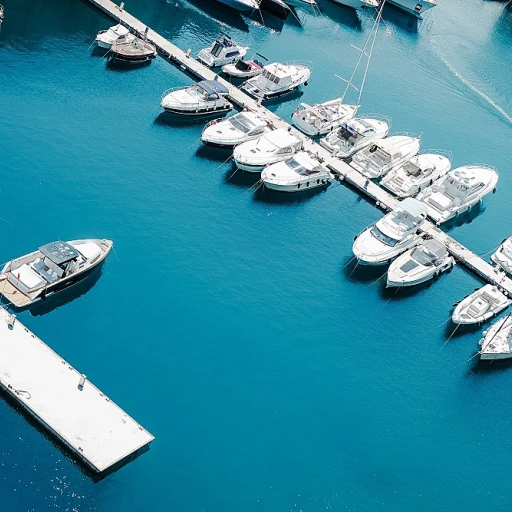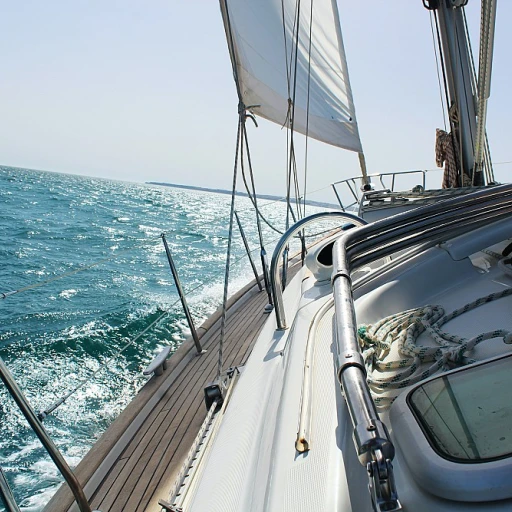
Understanding the MerCruiser 3.0 Engine
Getting to Know the MerCruiser 3.0 Engine
The MerCruiser 3.0 engine is a popular choice among boating enthusiasts, known for its reliability and performance. This engine is often found in smaller boats, providing a balance of power and efficiency. Understanding the core features of this engine can help you make informed decisions when it comes to optimizing your boat's speed and performance.
One of the key aspects of the MerCruiser 3.0 is its capacity to deliver a smooth ride while maintaining a high level of efficiency. With a focus on achieving top speed, it's crucial to consider how the engine interacts with other components, such as the propeller. The right propeller can significantly impact the engine's RPM and overall performance, ensuring you get the most out of your boating experience.
When discussing the MerCruiser 3.0, it's essential to consider the engine's role in achieving optimal speed. The engine's power output, measured in horsepower, directly influences the boat's ability to reach high speeds. However, the propeller's design, including its pitch and diameter, plays a crucial role in translating this power into forward motion. By understanding these dynamics, you can better appreciate the importance of selecting the right propeller for your MerCruiser 3.0.
For those interested in the broader aspects of boat performance, it's worth exploring the importance of a boat's beam. This factor, along with the engine and propeller, contributes to the overall stability and speed of the vessel.
The Role of Propellers in Boat Performance
The Crucial Role in Achieving Peak Performance
When it comes to maximizing speed with your MerCruiser 3.0, the propeller is your unsung hero. The right prop can transform your boat's performance, ensuring that every ounce of power from the engine is effectively transferred into the water, propelling you forward. The key question many ask is: how does the propeller influence speed and performance?
Propellers, or "props", operate like the tires of a car—they are the contact point between the water and your engine's power. The design, especially the blade profile and pitch, directly affects how efficiently your boat can reach top speed. For prop selection, factors such as wot rpm and prop pitch are critical. If the rpm at wide open throttle (wot) is too high or too low, it can indicate a mismatch that could restrict the vessel's speed potential.
Consider the blade count and shape; these play a significant role in how the prop cuts through the water. Fewer blades often mean less drag and potentially higher rpm mph. Conversely, more blades can offer greater grip but may reduce top speed due to increased drag. The balance is in selecting a prop that complements the MerCruiser engine's powerband while factoring in your typical boating conditions.
Understanding water dynamics is another angle; slip measures how efficiently a prop is moving through the water, affecting both acceleration and top speed. A well-fitted prop should exhibit minimal slip at wot, improving your overall speed and fuel efficiency.
For more comprehensive insights into optimizing boat accessories, check out the essential guide to boat plugs, which details how accessory harmonization can further enhance overall yacht performance.
Factors to Consider When Choosing a Propeller
Key Considerations in Propeller Selection
Choosing the right propeller is crucial for the efficient operation of a boat, and there are several factors that come into play. A boat's performance is significantly influenced by the prop's characteristics, such as blade count, diameter, and pitch, all of which can affect speed and engine performance.- Understanding Pitch and Diameter: Pitch refers to the distance a propeller would move in water during one complete revolution if there was no slip. The diameter is the distance across the circle made by the rotating blades. A higher pitch generally increases top speed but can lower hole shot performance, potentially putting more strain on the engine.
- Matching WOT RPM: It is essential to ensure that the propeller allows the engine to reach the recommended Wide Open Throttle (WOT) RPM range. This optimizes performance and ensures that the engine isn’t overworked. Deviating significantly from the WOT RPM can lead to poor fuel efficiency and reduced top speed.
- Blade Count and Shape: The number of blades impacts both speed and acceleration. More blades mean better acceleration and smoother operation but might reduce top speed. Shape and size variations, such as cupping, can also impact how efficiently a prop cuts through the water.
- Boat Usage: Consider how you primarily use your MerCruiser 3.0. Are you more inclined to cruise leisurely, or is your focus on maximizing speed? Different scenarios call for distinct propeller specifications.
- Assessing Water and Environmental Conditions: The type of water and typical conditions you will encounter can influence prop selection. For those operating in saltwater or lakes, understanding through-hull fittings can also play a role in maintaining boat efficiency and safety. More on these aspects here.
Comparing Different Propeller Types
Choosing Between Propellers for Optimal Boat Performance
When it comes to selecting the ideal propeller for your MerCruiser 3.0, understanding the different types of props can significantly impact your boat's speed and overall performance. The choice hinges on several factors, each contributing to how well your boat can reach top velocities on the water.- Blade Count: The number of blades on a prop plays a pivotal role in boat performance. More blades typically mean smoother operation and better hole shot, whereas fewer blades can offer higher top speed due to reduced drag. Whether you prioritize acceleration or speed will guide your blade prop decision.
- Prop Pitch: This is the distance a propeller would travel in one revolution if there was no slip. A higher pitch prop will generally allow for faster top speed but may compromise acceleration and the engine's ability to reach its optimal wide-open throttle (WOT) rpm. Conversely, a lower prop pitch may increase torque and hole shot at the expense of top speed.
- Diameter Considerations: The overall diameter of a prop impacts water displacement and the boat's ability to climb to the top speed. Selecting the right prop diameter can ensure that your engine operates within the correct rpm range, especially when considering WOT rpm. A larger diameter can offer more push in the water, useful in achieving higher speeds.
- Material Matters: Aluminum propellers are often favored for their cost efficiency and weight. However, stainless steel props are more durable and efficient, albeit more expensive. The choice of material impacts the prop's longevity and performance under high stress.
Expert Tips for Maximizing Speed
{"Insights for Boosting Speed Potential
When it comes to coaxing the maximum performance from your MerCruiser 3.0 engine, a selection of expert tips can enhance your boat's speed. Here, we delve into strategies that can help you navigate the decision-making process with confidence.
- Understanding WOT RPM: The target for most boats is achieving the manufacturer's recommended wide open throttle (WOT) RPM range. Ensuring that the prop matches the engine’s capabilities can considerably enhance your RPM and, consequently, your speed.
- Evaluating Prop Pitch: Lower pitches facilitate better acceleration (or 'hole shot'), while higher prop pitches can enhance your top speed. Choose your prop pitch wisely, as it directly impacts both performance and engine health.
- Sizing the Prop Diameter: A prop with the right diameter aids in delivering the necessary thrust through the water. Smaller diameter props often suit boats aiming for higher speeds.
- Choosing the Right Blade Prop: Multiple blade configurations can influence speed and efficiency. Generally, a three-blade propeller is suited for achieving higher speeds, while four or more blades offer smoother rides and are beneficial in rough water conditions.
Additionally, reviewing 'prop slip' calculations can be illuminating. While it’s common for boats not to achieve the theoretical maximum speed due to slip, minimizing this figure will improve overall performance. Forums and discussions, such as those you might find in general boating communities, can provide invaluable insights from other boaters who've tackled similar challenges.
Incorporating these expert recommendations could fortify your approach to achieving top speed with your MerCruiser setup, offering a harmonized blend of speed and efficiency.

